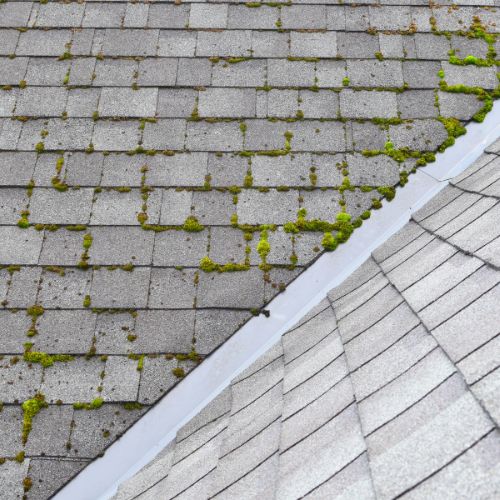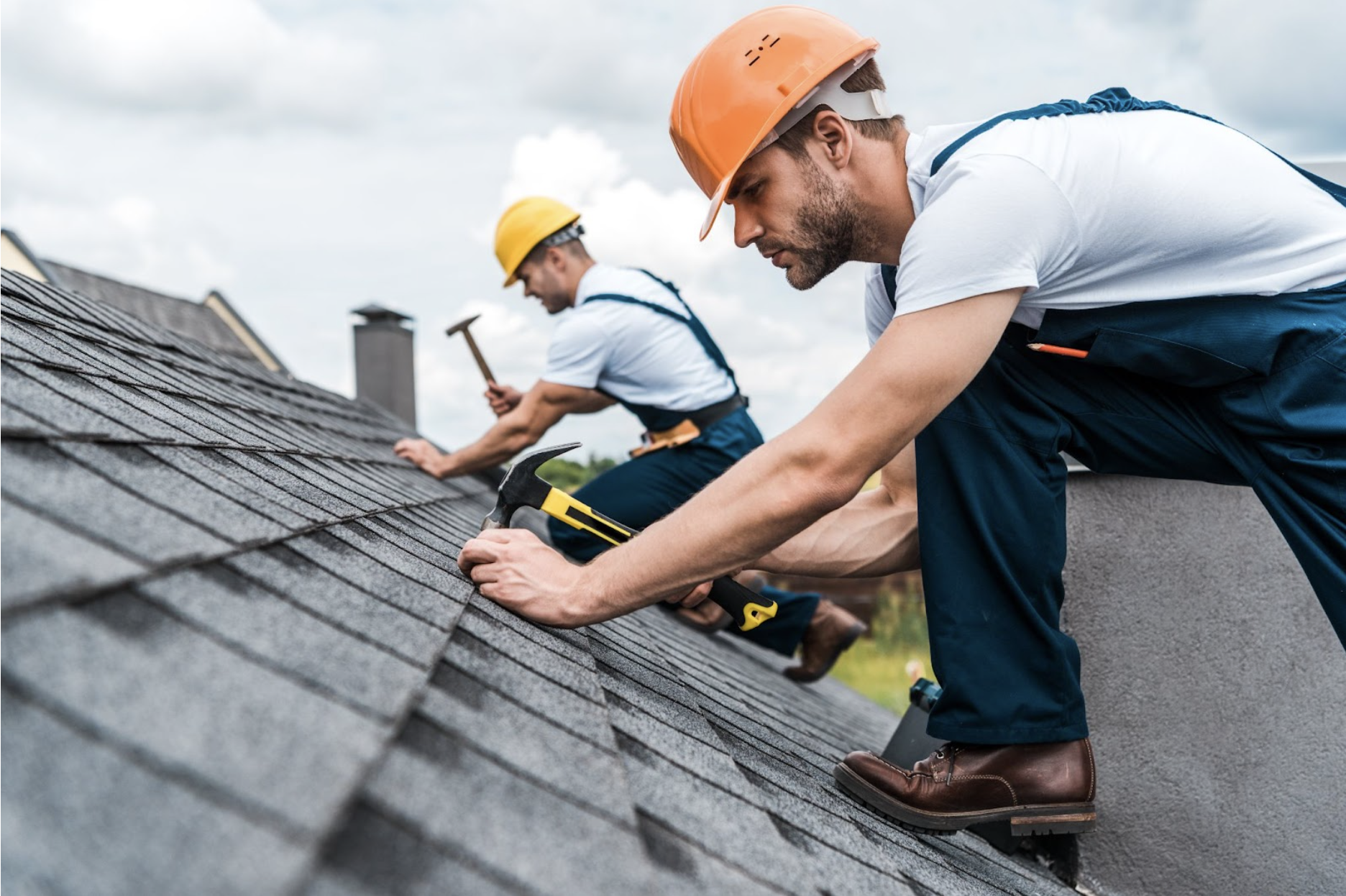Keep Dry Roofing LLC: Guaranteeing Durable Roof Coverings for Your Assurance
Keep Dry Roofing LLC: Guaranteeing Durable Roof Coverings for Your Assurance
Blog Article
Ultimate Checklist for Examining the Condition of Your Roof and Identifying Possible Issues
Examining the condition of your roof covering system is a prudent practice for any kind of house owner looking to guard their home investment (Keep Dry Roofing LLC). Regular evaluations can expose prospective issues before they intensify into expensive repair services or substitutes. By following a comprehensive checklist customized to evaluate the numerous elements of your roofing, you can get important understandings right into its current state and preempt any kind of upcoming troubles. This proactive approach not only guarantees the longevity of your roofing yet also adds to keeping the architectural honesty of your home.

Roofing System Assessment Devices
These tools aid in discovering possible problems, evaluating the general problem of the roof, and figuring out the essential maintenance or repair work needed. One of the main tools used in roof assessments is a moisture meter, which assists determine areas of trapped moisture within the roof covering layers that can show leaks or water damages.

Additionally, an electronic camera or smartphone is necessary for documenting the assessment process, catching pictures of any type of damages or areas of problem for further evaluation. Various other devices such as binoculars, roof probes, and security devices like ladders and harnesses are vital for a comprehensive and safe roof inspection. By using these devices efficiently, assessors can conduct complete evaluations, recognize concerns quickly, and advise ideal options to maintain the roof covering's integrity.
Exterior Roof Evaluation
To extensively examine the problem of a roofing system, an outside roofing assessment is essential to inspect the surface area for indications of wear, damages, or potential concerns. During an exterior roofing analysis, it is vital to begin by checking out the tiles or roofing product.

In addition, examine the gutters and downspouts for clogs or damages that can lead to water backup and overflow onto the roofing (Keep Dry Roofing LLC). Cut back any looming branches that can massage against the roofing surface or give simple accessibility for insects. Lastly, analyze the total cleanliness of the roofing, as debris buildup can retain wetness and accelerate roofing system degeneration. By performing an extensive outside roofing system evaluation, house owners can determine and resolve possible problems prior to they rise into costly repair services.
Inside Ceiling Evaluation
Upon getting in the indoor space, a complete assessment of the ceiling is necessary to recognize any indications of water damages, leakages, or architectural concerns. Start by visually evaluating the ceiling for any kind of discoloration, drooping, or peeling paint, as these might show water infiltration from the roofing system. Any stuffy odors or wetness in the air must additionally increase issues regarding prospective roof problems.
Attic Evaluation
An in-depth inspection of the attic is necessary in evaluating the general problem and performance of the roofing system. The attic functions as a critical element of the roof covering system, giving understandings into prospective problems that might not show up from the outside or interior of your home. During the attic evaluation, it is essential to examine for signs of water damages, such as water stains, mold and mildew development, or deteriorating timber, which could suggest a leak in the roofing. Additionally, evaluate the insulation for any type of indications of deterioration or directory compression, as correct insulation is crucial for preserving power efficiency and avoiding ice dams. Search for appropriate ventilation to make sure that excess heat and wetness are being appropriately ventilated out of the attic to stop moisture-related troubles. Analyze the attic room structure for any indications of sagging or damages, as these issues could jeopardize the integrity of the whole roof covering system. Routinely analyzing the attic can assist determine potential roof issues at an early stage, permitting prompt repairs and maintenance to extend the life-span of the roofing.
Attending To Common Roof Issues
One of the most regular concerns homeowners face is a dripping roofing system, frequently triggered by harmed or missing shingles, incorrect setup, or tatty blinking. Another typical problem is roofing system air flow concerns, which can lead to excess heat and wetness build-up in the attic, creating premature damage of the roofing products. In addition, the buildup of debris such as leaves, branches, or snow on the roofing system can block drain systems and lead to water merging, which might eventually cause roof leakages or architectural damages.
Final Thought
To conclude, a thorough analysis of your roof is necessary to recognize possible concerns and guarantee the total problem of your roofing system. By using the ideal tools and conducting attic room, interior, and exterior evaluations, usual roof covering troubles can be resolved promptly. Routine upkeep and prompt repair work can help stop significant damages and prolong the life expectancy of your roofing.
One of the primary devices made use of article source in roof covering inspections is a wetness meter, which assists identify areas of trapped dampness within the roof layers that could indicate leakages or water damage. Various other tools such as field glasses, roofing probes, and safety and security devices like harnesses and ladders are vital for a thorough and safe roofing system inspection.To thoroughly analyze the problem of a roofing system, an outside roof examination is necessary to check the surface area for Full Report indications of wear, damages, or potential problems. Evaluate the total cleanliness of the roofing, as debris buildup can maintain moisture and increase roofing system wear and tear. Keep Dry Roofing LLC. Furthermore, the buildup of particles such as leaves, branches, or snow on the roof can block water drainage systems and lead to water merging, which might ultimately trigger roof leaks or structural damage
Report this page